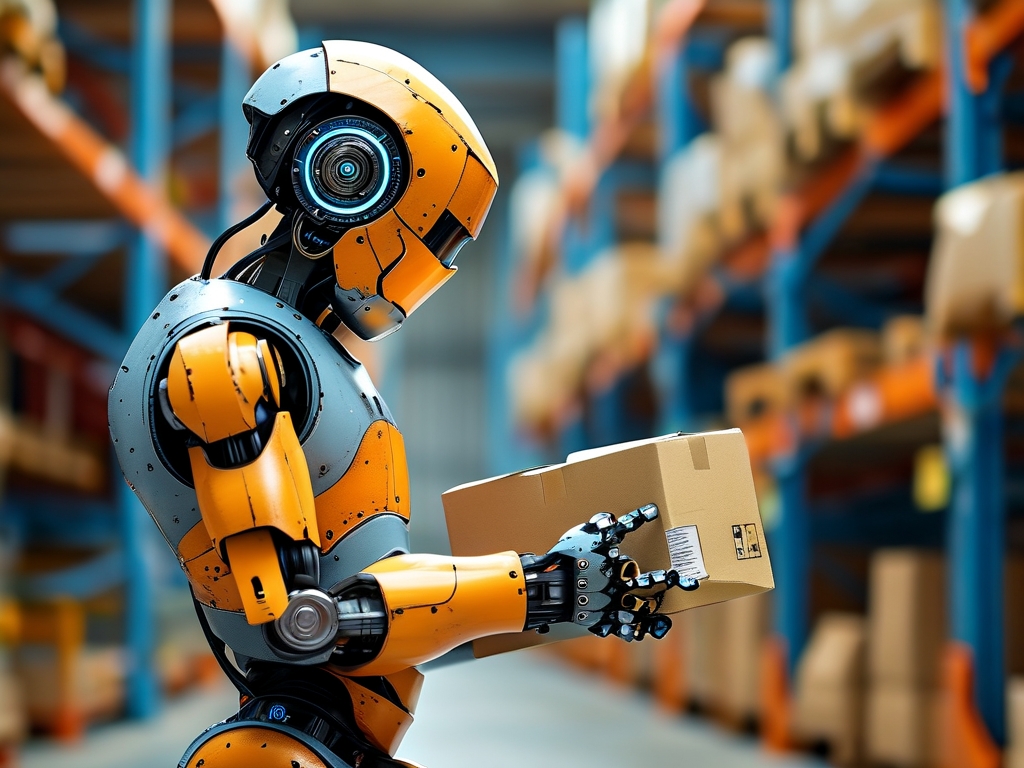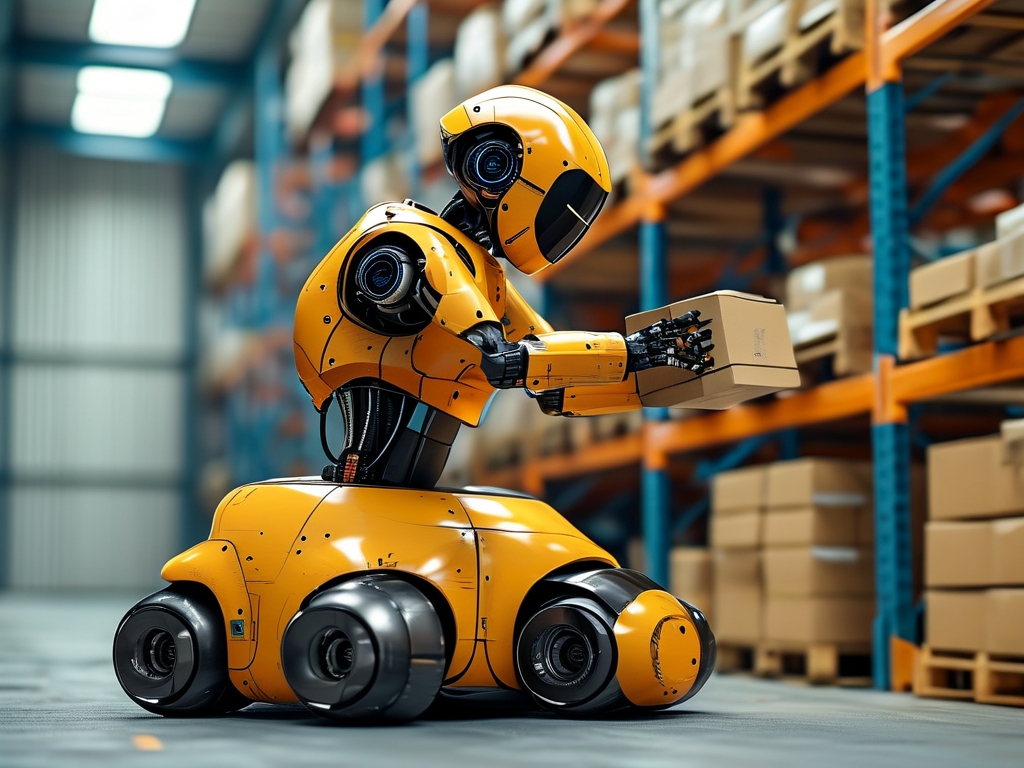Robotic depalletizing technology has emerged as a cornerstone of modern industrial automation, revolutionizing logistics, manufacturing, and supply chain operations. This technology enables machines to autonomously unload stacked goods from pallets, replacing labor-intensive manual processes. Below, we explore the core principles, components, and applications of robotic depalletizing systems.
1. Fundamental Principles of Robotic Depalletizing
At its core, robotic depalletizing relies on three key elements: mechanical design, sensory input, and intelligent control algorithms.
-
Mechanical Design:
The robot’s physical structure determines its range of motion and payload capacity. Most depalletizing robots use articulated arms (e.g., six-axis robots) or gantry-style systems. End-of-arm tooling (EOAT), such as vacuum grippers, mechanical claws, or magnetic clamps, is tailored to handle specific materials—boxes, bags, or irregularly shaped items. -
Sensory Input:
Vision systems, including 2D/3D cameras and LiDAR, scan the pallet to identify object positions, sizes, and orientations. Force-torque sensors ensure gentle handling of fragile items, while proximity sensors prevent collisions. Advanced systems employ machine vision to adapt to mixed-SKU (stock-keeping unit) pallets, where items vary in shape or size.
-
Control Algorithms:
Software processes sensor data to generate optimal pickup paths. Path-planning algorithms avoid obstacles and calculate efficient sequences to minimize cycle time. Machine learning models improve accuracy over time by analyzing historical data, such as common stacking patterns or frequent errors.
2. Key Components of a Depalletizing System
A fully integrated robotic depalletizing system includes:
- Robotic Arm: The primary actuator, designed for high-speed, repetitive tasks.
- Vision System: Cameras and depth sensors create a digital map of the pallet.
- EOAT: Interchangeable tools to handle diverse materials without manual reconfiguration.
- Conveyor Integration: Transports unloaded items to downstream processes.
- Safety Mechanisms: Emergency stop functions, light curtains, and collision detection.
3. Workflow of Robotic Depalletizing
The process typically follows these steps:
- Pallet Scanning: A vision system captures the pallet’s initial state.
- Object Localization: Software identifies each item’s coordinates and orientation.
- Path Planning: The robot calculates collision-free trajectories.
- Pick-and-Place Execution: The EOAT retrieves items and places them onto conveyors or sorting systems.
- Cycle Repetition: The robot continues until the pallet is empty.
4. Challenges and Solutions
Despite its advantages, robotic depalletizing faces challenges:
- Variable Stacking Patterns: Irregularly arranged items complicate localization.
Solution: AI-powered vision systems trained on diverse datasets. - Fragile or Deformable Items: Excessive force can damage goods.
Solution: Force-sensitive grippers with real-time feedback. - High-Speed Requirements: Throughput must match human or production-line speeds.
Solution: Parallel processing and optimized motion algorithms.
5. Applications Across Industries
- Manufacturing: Unloading raw materials (e.g., metal sheets, plastic pellets) for assembly lines.
- Logistics: Sorting parcels in warehouses or cross-docking facilities.
- Food and Beverage: Handling fragile items like glass bottles or egg cartons.
- Pharmaceuticals: Precise depalletizing of medical supplies with strict hygiene standards.
6. Advantages Over Manual Labor
- Efficiency: Robots work 24/7 with consistent speed.
- Safety: Reduces workplace injuries from heavy lifting.
- Accuracy: Minimizes product damage caused by human error.
- Scalability: Easily reprogrammable for new tasks or pallet layouts.
7. Future Trends
The next generation of depalletizing robots will leverage:
- AI-Enhanced Vision: Real-time adaptation to unknown objects.
- Collaborative Robots (Cobots): Working alongside humans in hybrid environments.
- Cloud Integration: Centralized data analytics for predictive maintenance and performance optimization.
- Sustainability: Energy-efficient designs and recyclable EOAT materials.
Robotic depalletizing technology exemplifies the convergence of mechanics, sensing, and artificial intelligence. By automating a historically tedious task, it unlocks productivity gains and operational flexibility for industries worldwide. As advancements in AI and robotics accelerate, these systems will become even more adaptive, bridging the gap between rigid automation and dynamic real-world environments.



